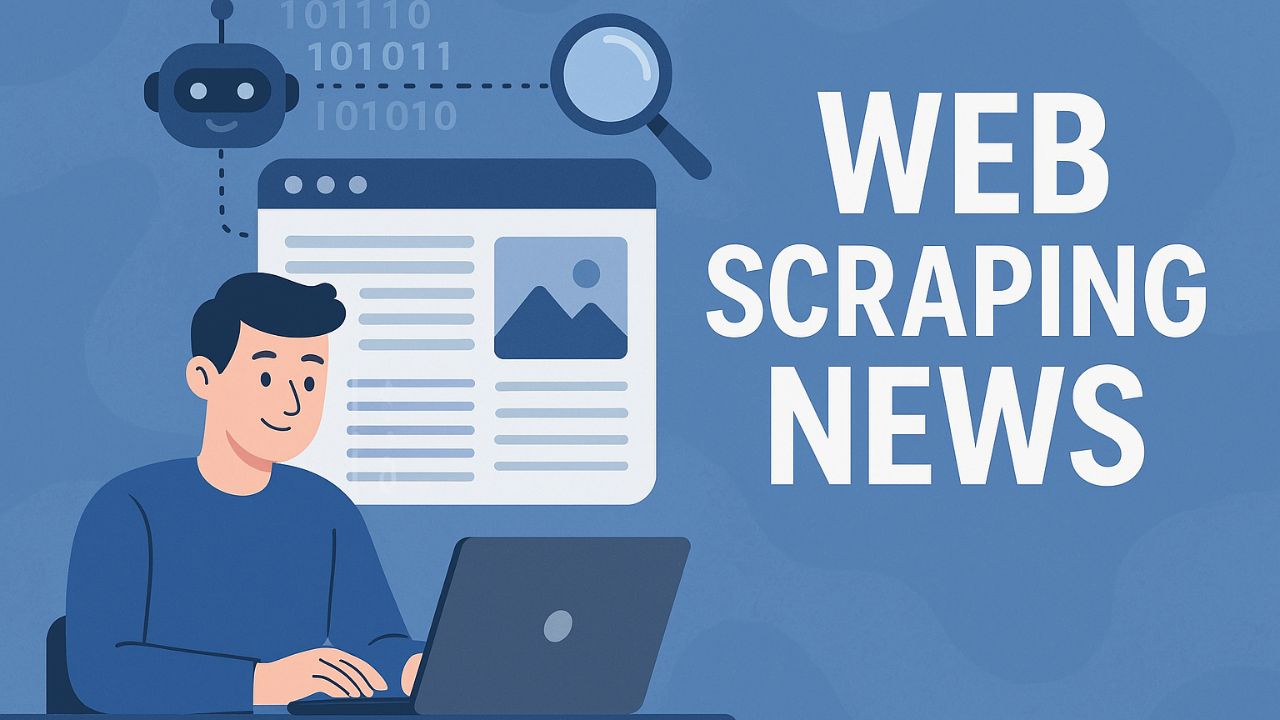Web Scraping Explained: Automating Data Collection from Websites
Web scraping represents an essential technique in the modern data collection landscape. This automated process extracts information from websites using scripts that simulate browser behavior or make direct requests to web servers. The technology enables businesses and developers to gather data efficiently without the time-consuming process of manual collection.
Understanding Web Scraping
At its core, web scraping is the automatic extraction of information from web pages. Instead of manually copying data point by point, scraping tools can systematically collect product details, prices, reviews, and other content from websites. This process transforms unstructured web content into structured data that can be analyzed and utilized for various purposes.
For example, consider a scenario where you need to collect product information from an online grocery store. Manually, you would need to visit each product page, copy the product name, chain, price, unit size, and other details into a spreadsheet. This process is not only time-consuming but also prone to human error.
Key Benefits of Web Scraping
- Automation of repetitive tasks: Scripts can run multiple times daily to collect updated information
- Creation of custom datasets: Build specialized data collections for machine learning and personal projects
- Competitive advantage: Analyze market trends, monitor competition, and track service adoption
- Data accuracy: Eliminate human error in the data collection process
Web Scraping Technologies
Several tools and libraries facilitate web scraping tasks:
For Static Web Pages
- Requests: A Python library that handles HTTP requests to download web page content
- Beautiful Soup: Parses HTML and XML documents, creating a navigable tree structure
- Pandas: Helps organize scraped data into tabular formats for analysis
Static web pages are fully loaded when the HTML is delivered to the browser. Examples include blogs, wikis, and informational sites where all content is immediately available in the source code.
For Dynamic Web Pages
- Selenium: Controls an actual browser, allowing interaction with JavaScript-heavy sites
- WebDriver: An interface that permits sending commands to browsers
Dynamic web pages require JavaScript execution to display content and may need user interaction (like clicking or scrolling) to load additional elements. E-commerce sites and social media platforms often use dynamic loading.
Advanced Frameworks
- Scrapy: A comprehensive framework for large-scale, structured web scraping projects
Web Scraping Process Overview
The basic web scraping workflow includes:
- Identifying the target website and the specific data elements to extract
- Analyzing the HTML structure to locate these elements
- Writing a script to access the page and extract the desired information
- Processing and storing the data in a usable format (CSV, Excel, database)
Ethical and Legal Considerations
Before implementing web scraping projects, it’s important to consider several factors:
Robots.txt Files
These files indicate which parts of a website should not be accessed by automated systems. Responsible scraping respects these directives. For example, a robots.txt file might disallow scraping of image folders, account pages, or login areas.
Sitemaps
XML sitemaps provide lists of all pages on a website and can offer a more efficient way to discover content rather than crawling through navigation elements. They often contain URLs to product pages, articles, and other important sections.
Practical Applications
Web scraping proves valuable across various business scenarios:
- Price monitoring: Track competitor pricing strategies and market positioning
- Product analysis: Gather specifications and features across multiple vendors
- Market research: Collect consumer reviews and sentiment data
- Content aggregation: Compile news, articles, or specialized information from multiple sources
HTML Structure and Navigation
Understanding HTML structure is fundamental to effective web scraping. Web pages consist of elements represented as nodes in a tree structure:
- The document contains an HTML element
- HTML contains head and body elements
- The body contains visible content (headings, paragraphs, images, etc.)
This hierarchical organization allows scrapers to navigate through the content by selecting specific elements using methods like find_elements or CSS selectors.
Conclusion
Web scraping represents a powerful approach to data collection that can transform how businesses gather information from online sources. By automating the extraction process, organizations can maintain up-to-date datasets, monitor market conditions, and develop data-driven strategies with greater efficiency than manual methods could ever provide.
